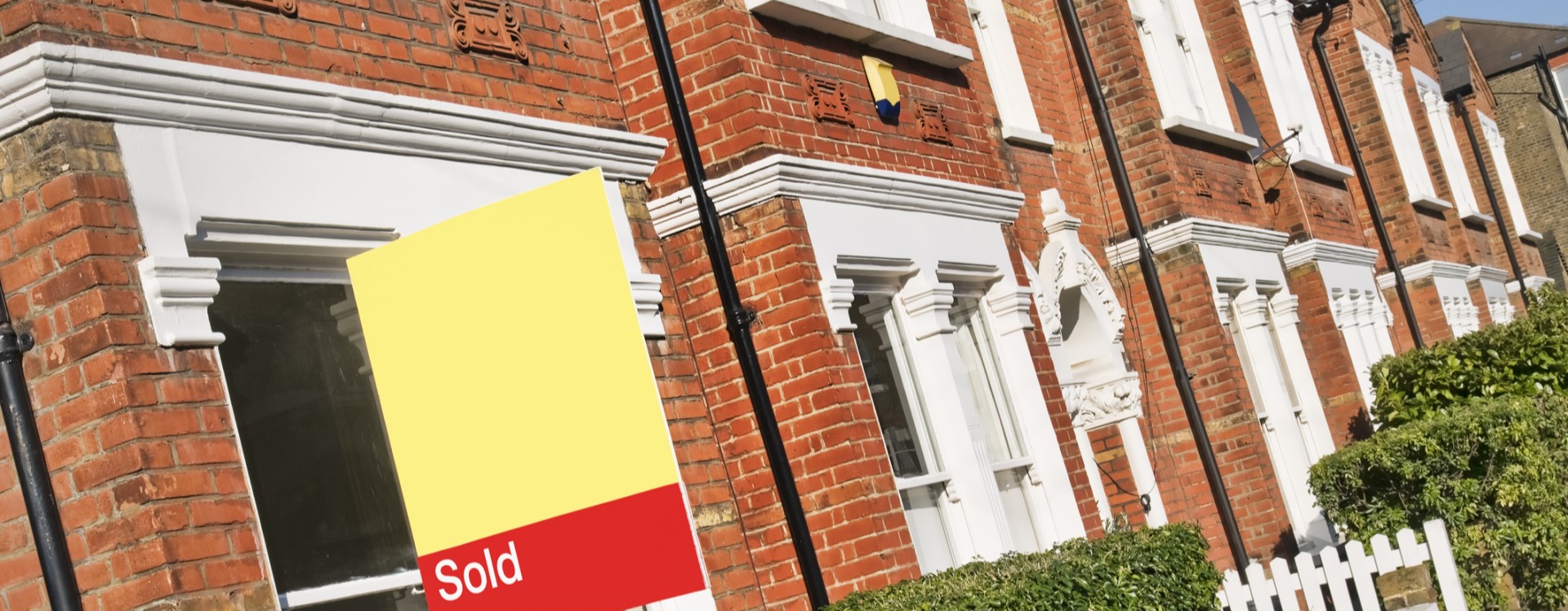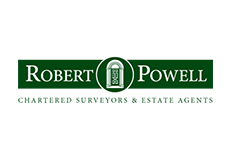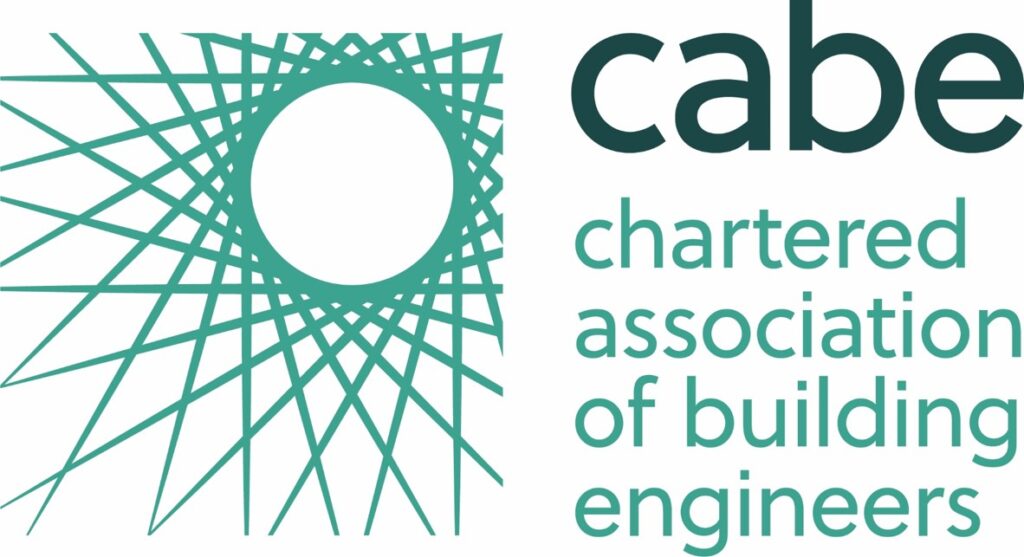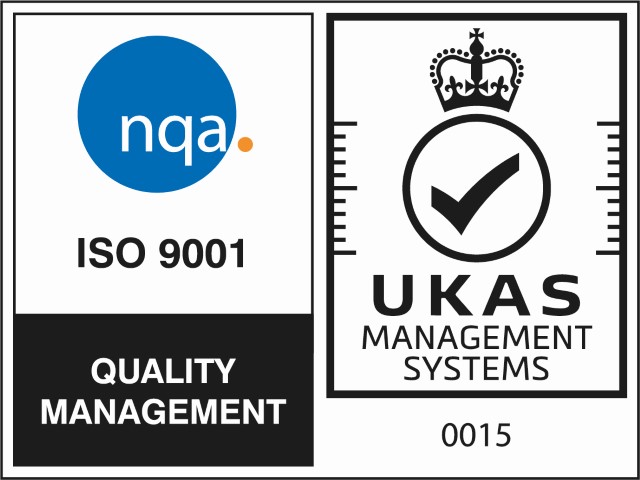Who organises a building survey when buying a house?
Building surveys are normally organised by the person or people buying the house. The aim of a building survey is provide an assessment of the condition of the property. This allows the buyer to be aware of any serious defects that may be dangerous, or that could be costly to put right.
Ultimately, a survey helps the buyer make an informed choice about whether to continue with the purchase, and whether the price is appropriate.
Therefore, it is in the purchaser’s interests to have a survey done. It is their resposibility to instruct and pay for it.
Valuation surveys are different. If you are taking out a mortgage, the lender will instruct a mortgage valuation (sometimes called a ‘valuation survey’). This allows the mortgage company to make sure that the property is worth at least as much as you want to borrow, so that they know that their investment is safe. A valuation survey will be a quick visit only; it will not go into detail on the condition and structural integrity of the property.
How to organise a building survey
Deciding on the type of survey
Once you have had an offer accepted, you will need to think about what type of survey you will need. Most people choose between a Level 2 (Home Buyer) survey and a Level 3 (Full Building) survey. To decide on a survey type, you will need to consider several factors. These include the property’s age, whether it is a standard construction and whether you feel it is in good condition.
A Level 3 survey is recommended for all older properties, and anything with unusual features or build type. It’s the most thorough type of survey and, if in doubt, we would always suggest a Level 3 full building survey for peace of mind. A Level 2 survey is less detailed and less tailored to each individual property. They are, however, useful for modern properties, where the buyer is mainly concerned about serious problems that are readily evident.
Our factsheet highlights the main differences between the two survey types.
Deciding which surveyor to use
When choosing a surveyor, you will want to consider whether they are experienced in the level of survey you want, and the type of property you are buying. For example, a surveyor who mostly does mortgage valuations for lenders, may not have the expertise necessary to carry out a Level 3 full building survey assessment. Similarly, if you are buying a non-standard or a listed building, you will benefit from a surveyor with relevant experience. That way, they will be able to provide advice on what is normal or that house type, and what repairs and maintenance are appropriate and feasible.
Instructing a building survey
Once you have found a surveyor, you will need to give them details of the property you are buying. This will allow them to put together a building survey quote. If you are happy with the quote and the service offered, the firm will begin arranging access to the property.
Often, the estate agent is the first port of call. If it’s a private sale, however, access will be arranged directly with the vendor.
When the estate agent is involved, they often put the bookings team in touch with vendor. Bookings liaise with the vendor to find a suitable time for the survey; normally, it’s in everyone’s interests to arrange it as soon as possible. It’s important that surveyor has access to all areas of the building on the day of the survey. It also needs to be daylight, and there must sufficient time available to see the whole building. It’s also worth noting that the vendor doesn’t always need to be in. Instead, estate agents can often provide keys, or meet the surveyor at the property to let them in.
What happens after a building survey?
Once the survey visit is complete, the team will work on preparing the report. At Allcott Associates, this is based on site notes from the surveyor, along with photographs of each element of the building that highlight the survey findings. Reports are normally ready 3–4 working days after an inspection, after the surveyor has had time to reflect on the findings and review their assessment.
Surveyors are normally available to discuss survey findings at any time after the survey visit. If there are urgent concerns, buyers sometimes want to talk to surveyors straight away; others find that it’s better to go through the conveyancing process first then go back to the surveyor with any queries.
The survey report should help you decide whether you want to continue with the property purchase, and whether you are paying the right price for the property. Level 3 reports in particular will contain estimated costs for repairs – this information is often used by buyers to negotiate on the purchase price, and has been known to save buyers many times the cost of the survey.











